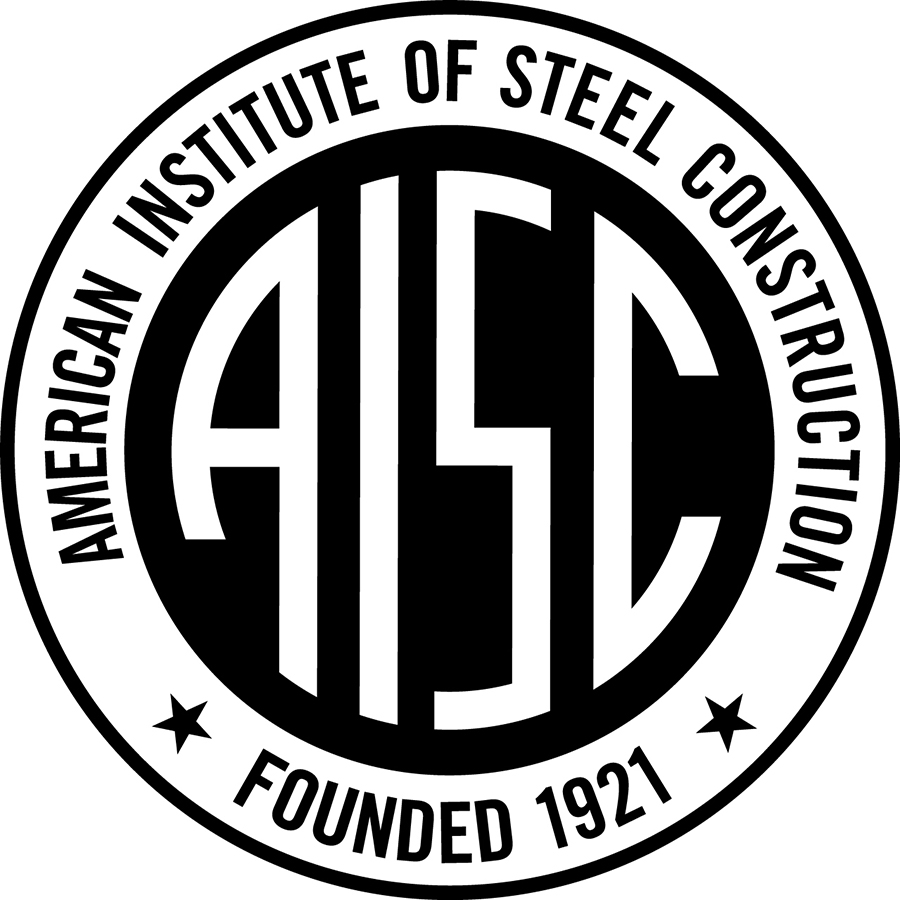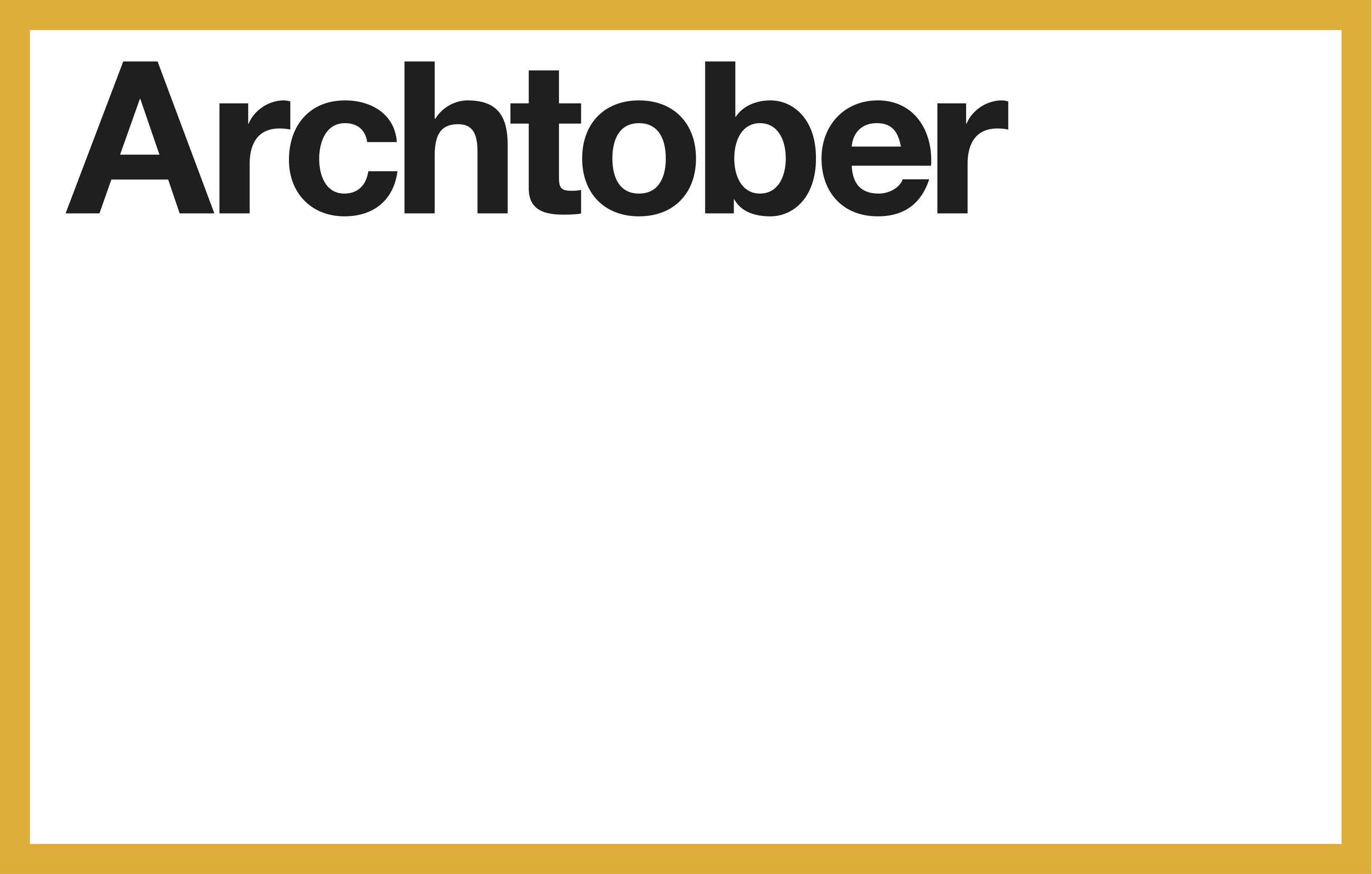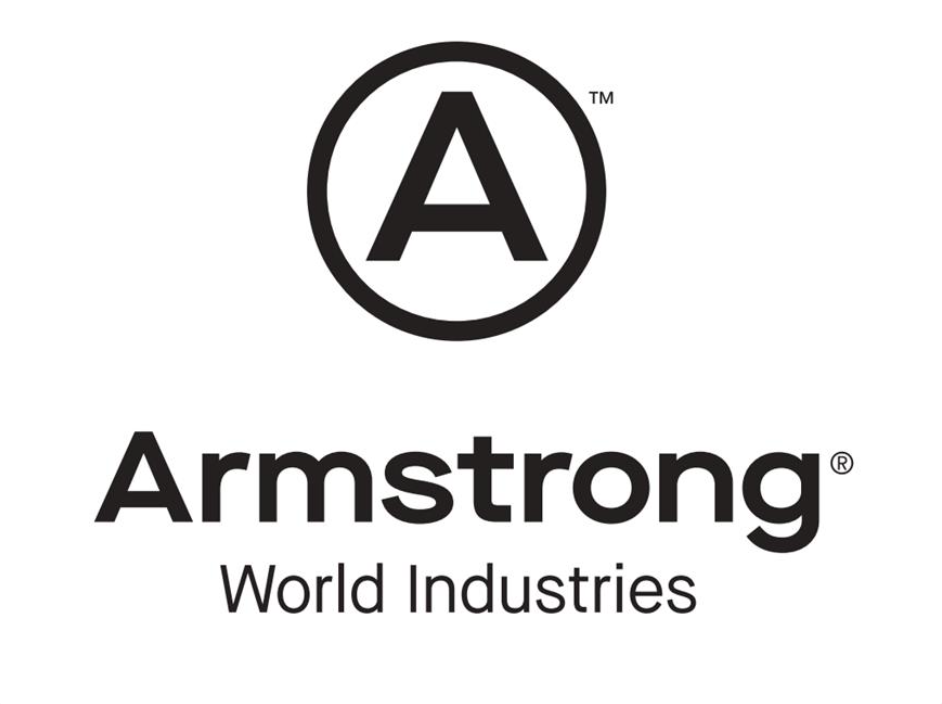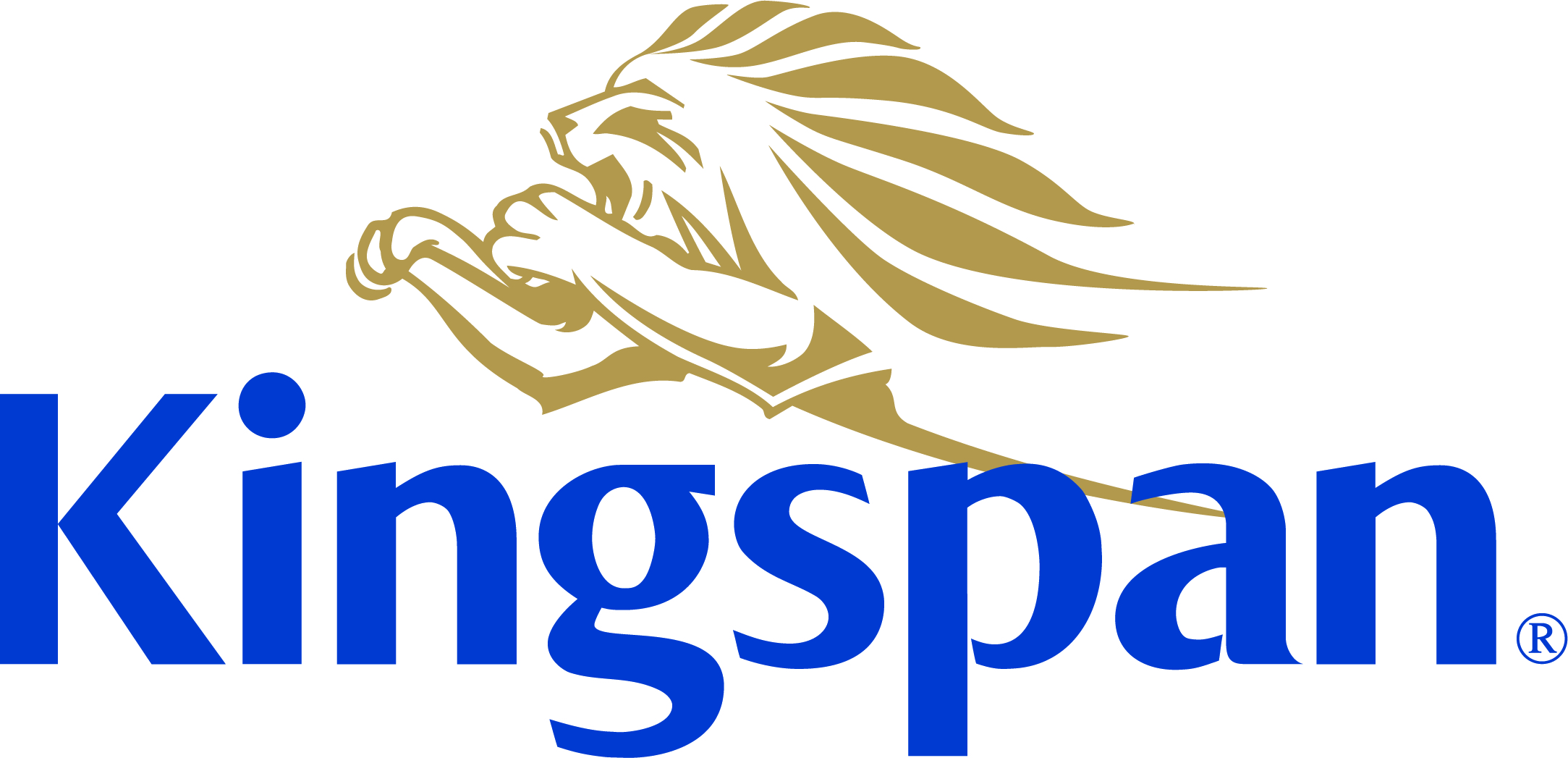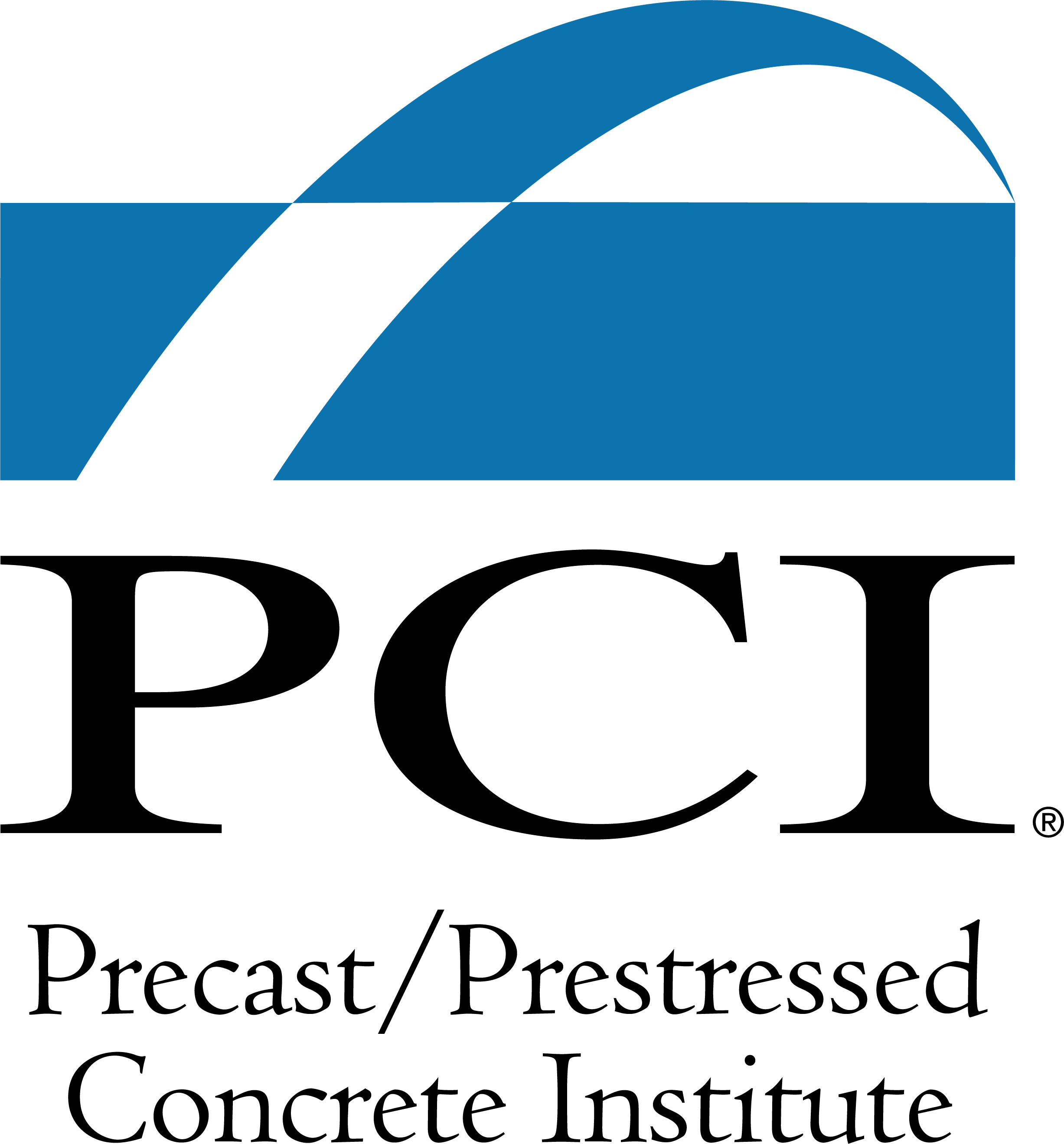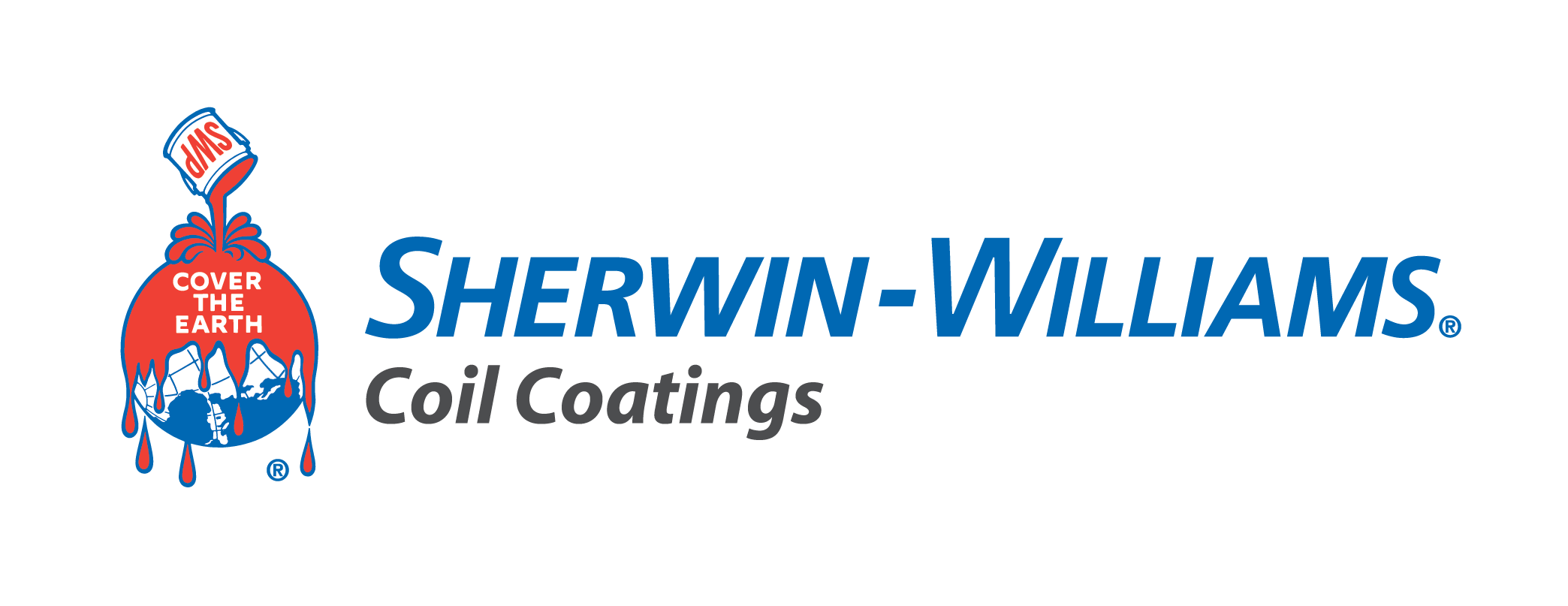Border Lines: Inventive Refugee Housing
Learning Objectives:
- Outline strategies for repurposing outdated or disused urban infrastructure and buildings for beneficial civic use.
- Describe planning and design processes that promote equity and inclusion in the built environment.
- Discuss how data can help policy makers and designers understand urban environmental problems and create more livable and resilient cities.
- Identify construction techniques, materials, and sustainable strategies that can help address seemingly intractable urban challenges, such as the housing crisis.
Credits:
As part of their research and design interventions along both sides of the San Diego/Tijuana border, architect Teddy Cruz and his partner, political scientist Fonna Forman, have catalyzed a series of supported communities for refugees and other underserved populations. This includes a scale-able model for adaptable housing on the Mexican side. Using concrete-and-steel modular framing, the structures—constructed and customized by inhabitants—can be stacked and expanded to create multi-unit dwellings, work spaces and a sense of community for immigrants whose “temporary” status along the border can extend into years.
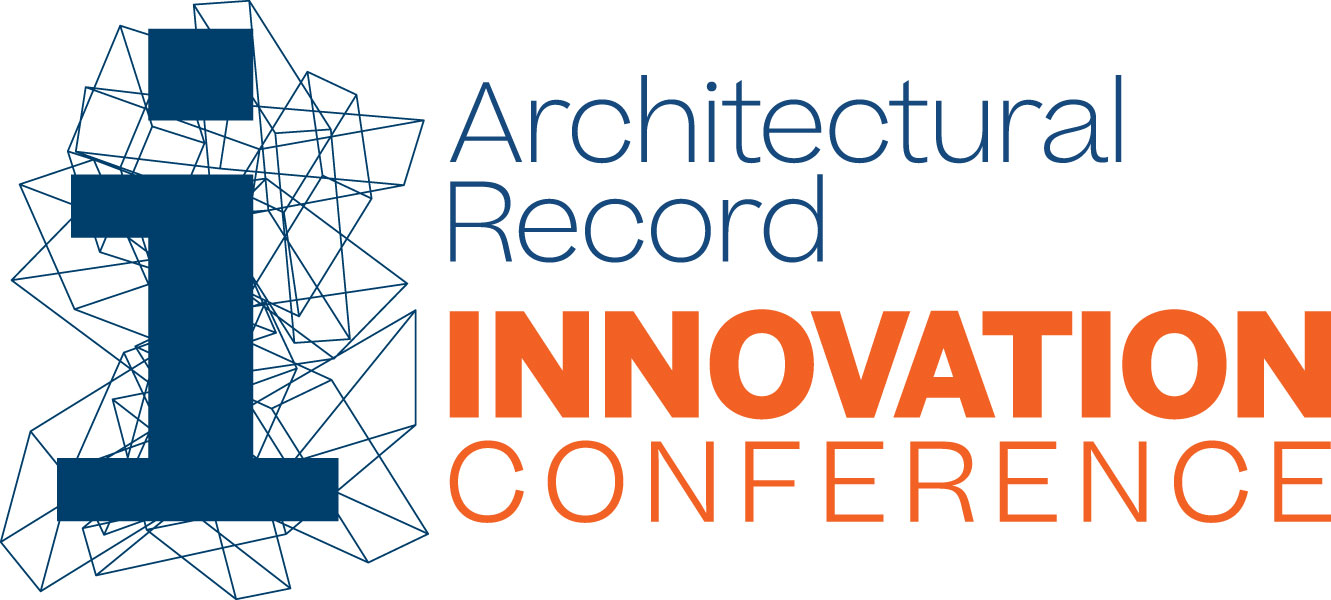
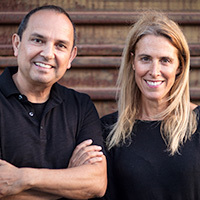
|
Teddy Cruz and Fonna Forman are principals in Estudio Teddy Cruz + Fonna Forman, a research-based political and architectural practice in San Diego investigating borders, informal urbanization, civic infrastructure and public culture. They lead variety of urban research agendas and civic / public interventions in the San Diego-Tijuana border region and beyond. Teddy Cruz (MDes Harvard University) is a Professor of Public Culture and Urbanism in the Department of Visual Arts at the University of California, San Diego. Fonna Forman (PhD University of Chicago) is a Professor of Political Theory at the University of California, San Diego and Founding Director of the UCSD Center on Global Justice. |




